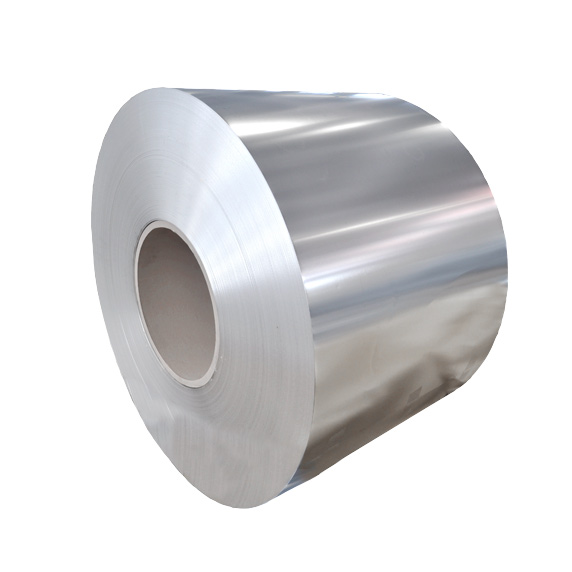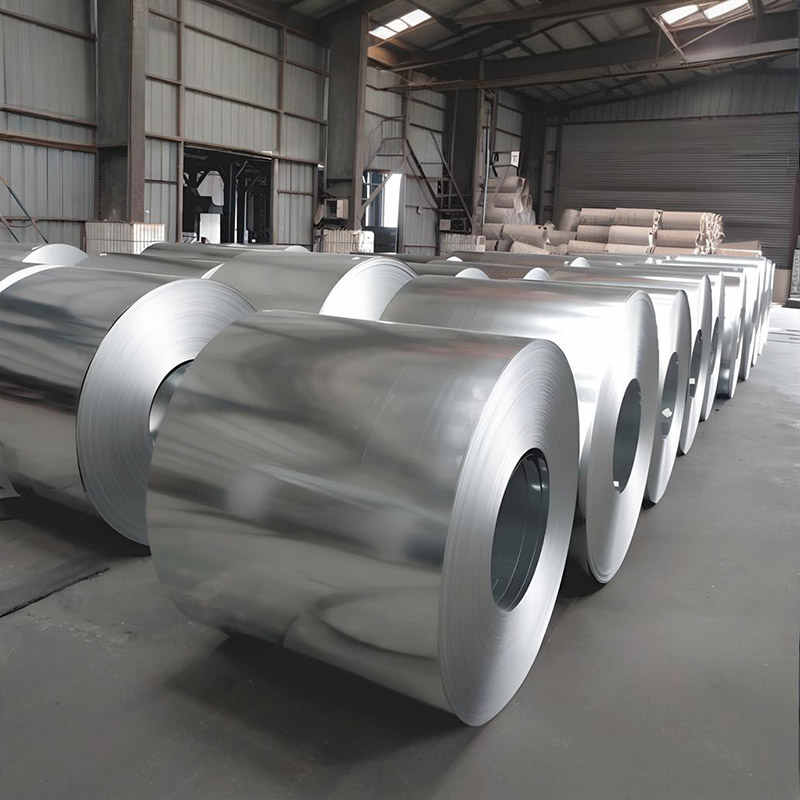In an era where environmental concerns are at the forefront of engineering decisions, what materials can truly deliver both performance and sustainability? Low-carbon steel has emerged as a leading answer to this critical question, offering exceptional properties while minimizing environmental impact.
What exactly makes low-carbon steel a sustainable choice? With carbon content typically below 0.25%, this material provides an optimal balance between strength and malleability. Its reduced carbon footprint during production compared to traditional steel makes it increasingly attractive for eco-conscious projects. The manufacturing process emits fewer greenhouse gases, directly contributing to climate change mitigation efforts.
How does low-carbon steel contribute to sustainable construction practices? The answer lies in its remarkable recyclability. Steel is one of the most recycled materials globally, with low-carbon variants maintaining up to 95% of their properties when recycled. This circular economy approach significantly reduces the need for virgin materials and minimizes waste in landfills. Furthermore, the durability of low-carbon steel extends the lifespan of structures, decreasing the frequency of replacements and repairs.
Where can we witness the impact of low-carbon steel in real-world applications? From green buildings and renewable energy infrastructure to sustainable transportation networks, this material demonstrates remarkable versatility. In wind turbine manufacturing, low-carbon steel provides the necessary strength while reducing the overall carbon footprint of clean energy production. Similarly, in green building certifications like LEED and BREEAM, structures utilizing low-carbon steel often achieve higher sustainability scores.
What challenges does the industry face in adopting low-carbon steel more widely? Cost considerations remain a barrier, as production methods that further reduce carbon emissions can be more expensive. However, as technologies advance and economies of scale are realized, these costs are expected to decrease. Additionally, raising awareness among engineers and architects about the long-term benefits of low-carbon steel is crucial for broader adoption.
The implementation of low-carbon steel in the Burj Khalifa retrofit project demonstrates the real-world potential of this material. By replacing traditional structural elements with low-carbon alternatives, the project reduced its embodied carbon by 30% while maintaining structural integrity. This success story illustrates how sustainable engineering solutions can be both environmentally responsible and economically viable.
As we look toward the future, low-carbon steel continues to evolve with advancements in production techniques that further minimize environmental impact. When considering materials for next-generation infrastructure, low-carbon steel stands out as a sustainable solution that doesn’t compromise on performance, making it an essential component of eco-friendly engineering.



